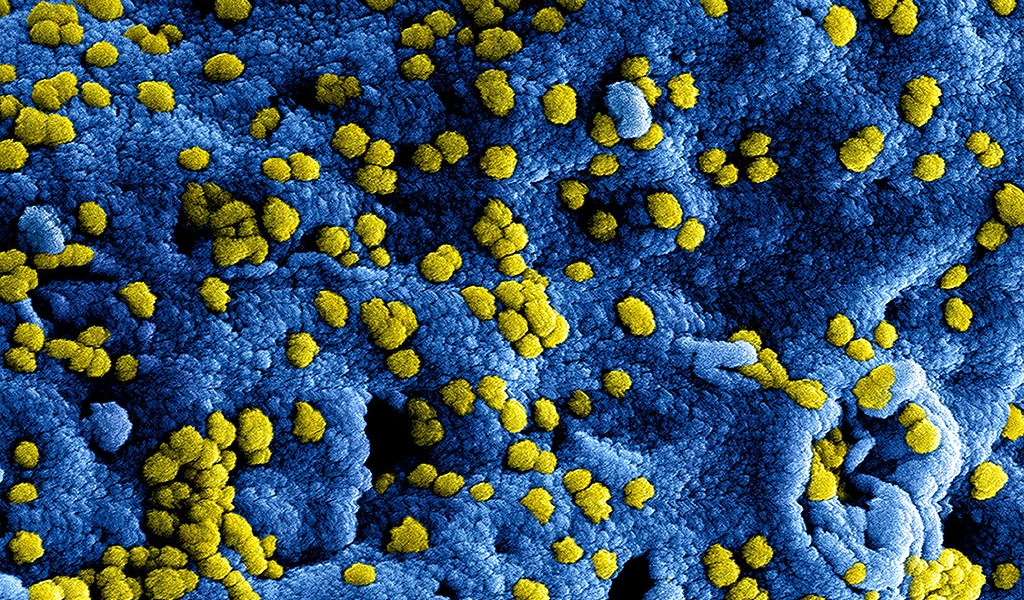Epidemics can occur anywhere, at any time.
We publish regular updates, produced by Program for Monitoring Emerging Diseases (ProMED), on outbreaks of emerging infectious diseases to keep you informed on the frequency and impact of our priority diseases.
ProMED is the largest publicly-available system conducting global reporting of infectious diseases outbreaks, with ProMED staff, moderators and team members scanning for, reviewing and posting information relating to global health security from official health reports and media articles.
The below post contains information from health reports, news articles, and academic papers relating to our priority diseases, compiled together by ProMED. Content below may be edited from original ProMED posts for style and length.
These posts provide an overview of disease outbreak activity over the past several weeks. For the latest information relating to outbreaks of infectious diseases, please visit the ProMED website.
MERS
Location
Saudi Arabia
Outbreak Update
In the period of time since the last update, there have been a total of 4 newly confirmed cases of MERS-CoV infection and 1 outcome of a previously reported case.
Information on newly confirmed cases (4)
[1]
Date of confirmation report: 6 Oct 2019
Case No: 19-1955
MERS in Torba city: 52-year-old male in Torba city, Taif [Makkah] region
Contact with camels: Yes
Case classification: Primary
Current status: Active
[2]
Date of confirmation report: 12 Oct 2019
Case No: 19-1956
MERS in Buraidah city: 80-year-old male in Buraidah city, Qaseem region
Contact with camels: Unknown
Case classification: Primary
Current status: Active
[3]
Date of confirmation report: 13 Oct 2019
Case No: 19-1957
MERS in Khamis meshait city: 26-year-old female in Khamis meshait city, Aseer region
Contact with camels: Unknown
Case classification: Secondary
Current status: Active
[4]
Date of confirmation report: 13 Oct 2019
Case No: 19-1958
MERS in Buraidah city: 27-year-old female in Wadi Aldwasir city, Riyadh region
Contact with camels: Unknown
Case classification: Primary
Current status: Active
Information on outcome report:
fatality
Case No: 19-1954. Date of confirmation report: 5-Oct-19. A 70-year-old male from Wadi Aldwasir, Riyadh region. Classified as a primary case with unknown history of camel contact. Date of outcome report: 6 Oct 2019. Outcome: died.
See the full ProMED post
Rift Valley fever
Location
Sudan
Outbreak Update
Arbaat in El Ganeb locality in Sudan's Red Sea state reported 10 new cases of suspected Rift Valley fever* on Monday and Tuesday [7 and 8 Oct 2019], bringing the total number of registered cases to 5, and 3 deaths.
The state Ministry of Health committed to provide 2 doctors to the villages of the Arbaat Administrative Unit and training 10 medical staff, and 3 midwives, in addition to the distribution of water chlorination tablets and the provision of 3 spraying vehicles.
As reported by Radio Dabanga on Sunday [6 Oct 2019], one man and more than 20 head of cattle died in Arbaat on Thursday and Friday [3 and 4 Oct 2019], and that to date, so far, 3 people and 420 cows have died of the disease, now suspected to be Rift Valley fever, that hit the area of Arbaat, north of Port Sudan, over the past weeks, medical doctor Ahmed Dereir told Radio Dabanga.
Key facts:
Rift Valley fever (RVF) is a viral zoonosis that primarily affects animals but can also infect humans.
The majority of human infections result from contact with the blood or organs of infected animals.
Human infections have also resulted from the bites of infected mosquitoes.
To date, no human-to-human transmission of RVF virus has been documented.
The incubation period (the interval from infection to onset of symptoms) for RVF varies from 2-6 days.
Outbreaks of RVF in animals can be prevented by a sustained programme of animal vaccination.



